Back in Victorian and Edwardian periods, black flowers were highly sought after by many gardeners. The interest in “black flowers” is still alive and well today, and a Victorian black garden can be a dramatic addition to any yard or landscape design. While easy enough to grow, some planning is required in order to make your black garden successful. Thought should be given as to where you will place the dark plants and foliage, as dark plants work best against lighter backgrounds. Also, darker flowers and plants may blend into the landscape if planted in shady, darker locations within the yard. Avoid these locations so that your black flowers will take center stage and be a focal point within the landscape design.
Tips for Growing a Victorian Black Garden
Aside from plant location, there are a few other things to keep in mind when using dark flowers and plants. You will need to incorporate light colored flowers into your color palette to make your dark plants stand out even more. Good color choices to add are silver and gold tones, along with other bright colors. Keep in mind too that “black flowers” are not actually pure black in color, but rather very deep shades of purples and reds. Certain factors within your planting location may influence the actual plant shade, such as the pH of the soil, making them look blacker, redder, or more purple in color. Make sure to provide additional watering for darker plants, because they absorb the sun and tend to wither more than lighter colored flowers. Choose not only flowers, but other dark plants including vegetables. Pick plants with various heights and textures to create a Victorian black garden that is visually stunning.
Plant Choices
An ideal garden has plants in bloom throughout the entire growing season. This means planting a variety such as bulbs for early spring blooming, annuals, and perennials. Incorporate foliage and vegetable plants for a unique look.
Annuals that Work Well with Victorian Black Gardens
The Chocolate Cosmos is not only a great choice for the black garden, it also happens to smell like chocolate! This is a dark red-brown flower that can appear almost black that provides blooms all summer and into the fall season. Grows one to three feet tall and makes a great bed, border, and container flower that attracts butterflies. Moulin Rouge sunflowers are the perfect addition to the black garden, growing up to four feet tall, with branching stems that hold blooms of deep red-burgundy flowers. The Black Beauty sunflower is also an excellent choice, with its rich maroon colored petals. An annual with dark crimson color is the Black Prince snapdragon, which works great in flower beds and containers. The Black Pansy and Black Velvet Petunia are great annual choices for beds, borders, and container plantings and will be right at home in a Victorian black garden setting.
Sunflower Moulin Rouge Sunflower Black Beauty
Sunflower Black Beauty Black Prince Snapdragon
Black Prince Snapdragon Chocolate Cosmos Seeds
Chocolate Cosmos Seeds Pansy Black
Pansy Black Black Cat Petunia Flower Seeds
Black Cat Petunia Flower Seeds
Perennial Plantings
For flowers that come back year after year, these perennials make a great addition to a black garden. The Hellebore, or Christmas Rose, is a flower that blooms in winter. It is available in a dark brownish red color perfect for a Victorian black garden. Sooty Sweet William Dianthus adds clusters of deep black-red flowers from late spring through mid-summer. The Black Knight Butterfly Bush is a spectacular, showy plant featuring deep purple flower spikes that bloom all summer. Great for attracting butterflies to your yard. Other perennials to consider for creating the Victorian black garden include Mocha Coral Bells, Black Magic Rose, Black Barlow Columbine, and Black Night Delphinium.
Lenten Rose/ Hellebore Heuchera Palace Purple (Coral Bells)
Heuchera Palace Purple (Coral Bells) Sooty Sweet William
Sooty Sweet William Black Knight Butterfly Bush
Black Knight Butterfly Bush Black of Night Rose
Black of Night Rose Black Barlow Seeds
Black Barlow Seeds Black Knight Delphinium
Black Knight Delphinium
Black Flower Bulbs
The Queen of the Night Tulip makes the perfect spring flower for the black garden, along with the Black Calla Lily, and Black Dahlia. These are all super dark versions of their more often thought of lighter colored versions. All of these make great cut flowers and work well in mass plantings, beds, and borders.
Queen of Night Tulip Black Star Calla Lily
Black Star Calla Lily Black Dahlia Seeds
Black Dahlia Seeds
Adding Vegetable Plants to the Victorian Black Garden
When adding vegetable plantings to the black garden, you obviously want to keep very dark colors in mind. Eggplant is the perfect choice, with its deep purple, almost black color. Purple Beauty Peppers grow on compact, bushy plants and produce an abundance of tasty deep purple, almost black bell peppers. Black Prince tomatoes supply a steady crop of delicious tomatoes and bloom earlier and for a longer time than most tomato varieties. The tomatoes are a deep red-brownish color that suits the black garden theme. The Black Pearl Ornamental Pepper plant is a must have for any black garden, with leaves that are pure black in color, and bold red peppers that are blazing hot, which is why you might not want to eat them. Perfect for use in flower beds, gardens, and container plantings.
Black Beauty Eggplant Seeds Pepper Purple Beauty
Pepper Purple Beauty Black Prince Tomato
Black Prince Tomato Black Pearl Hot Pepper
Black Pearl Hot Pepper
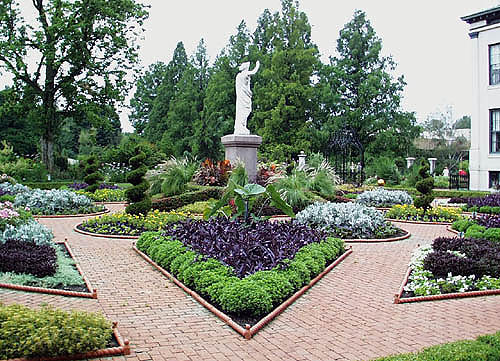
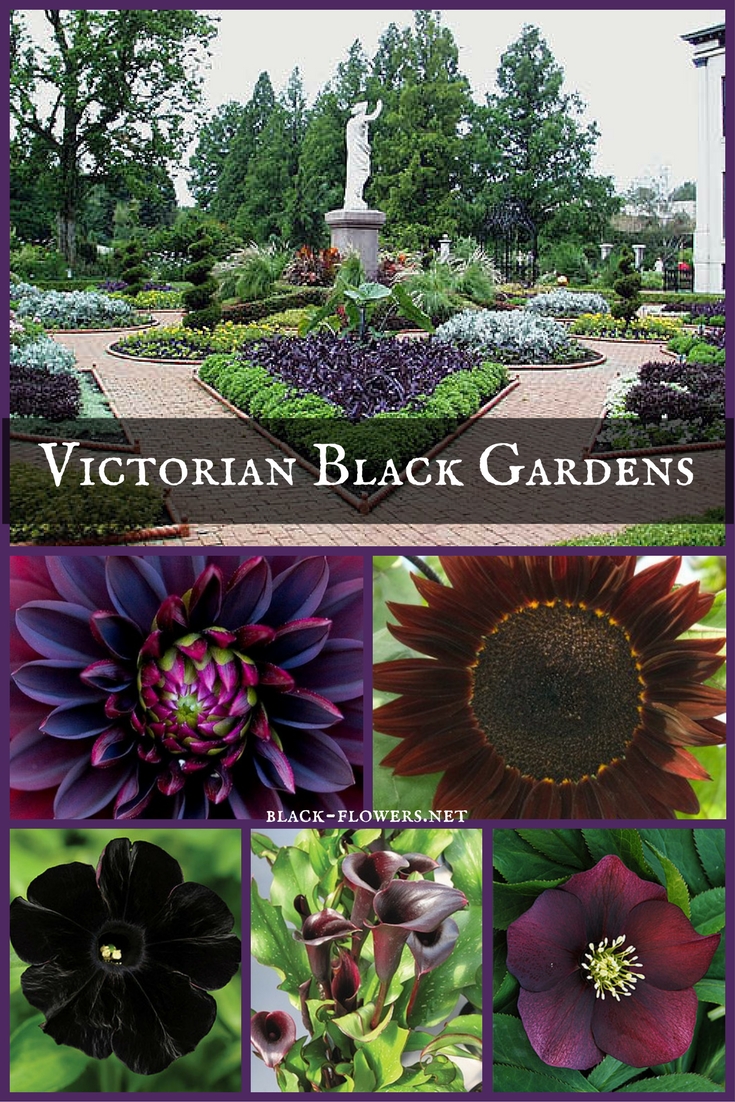
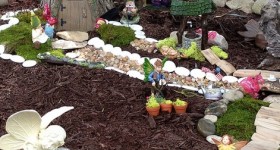



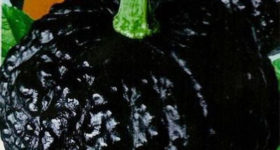
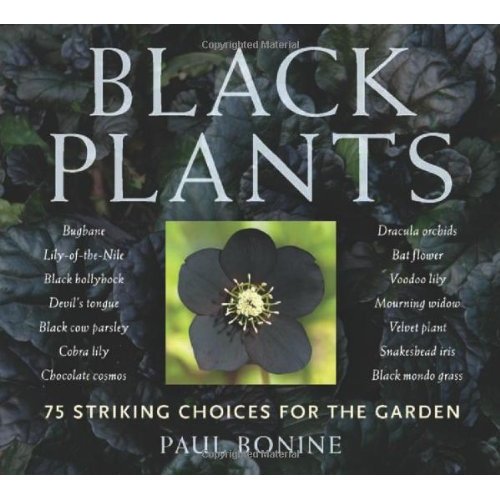
Speak Your Mind